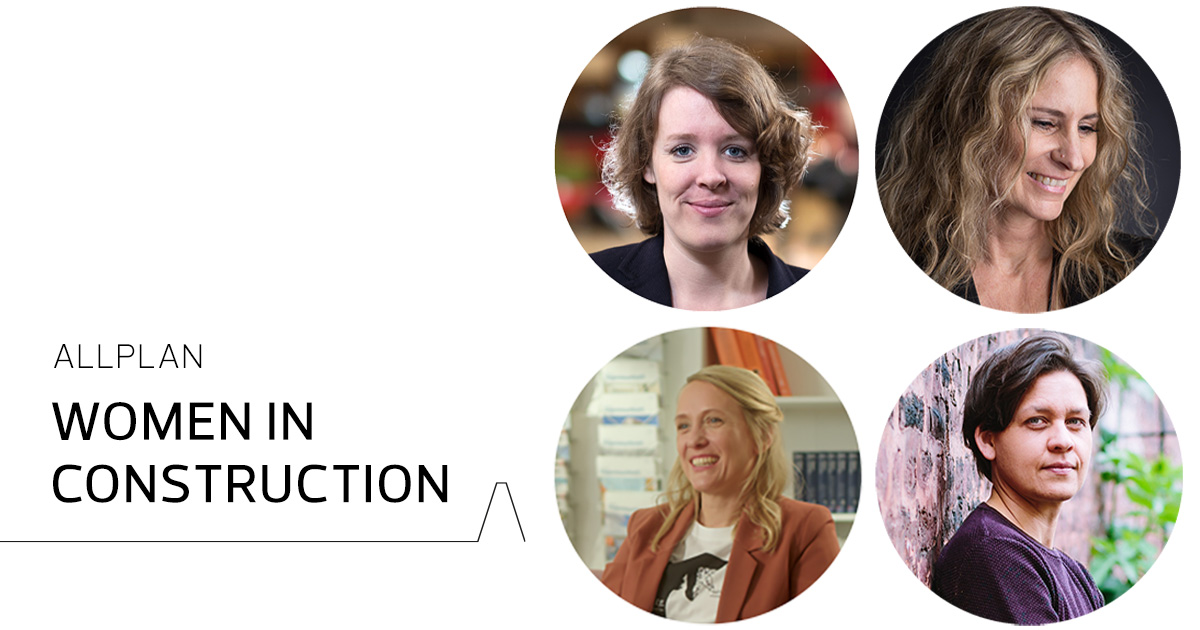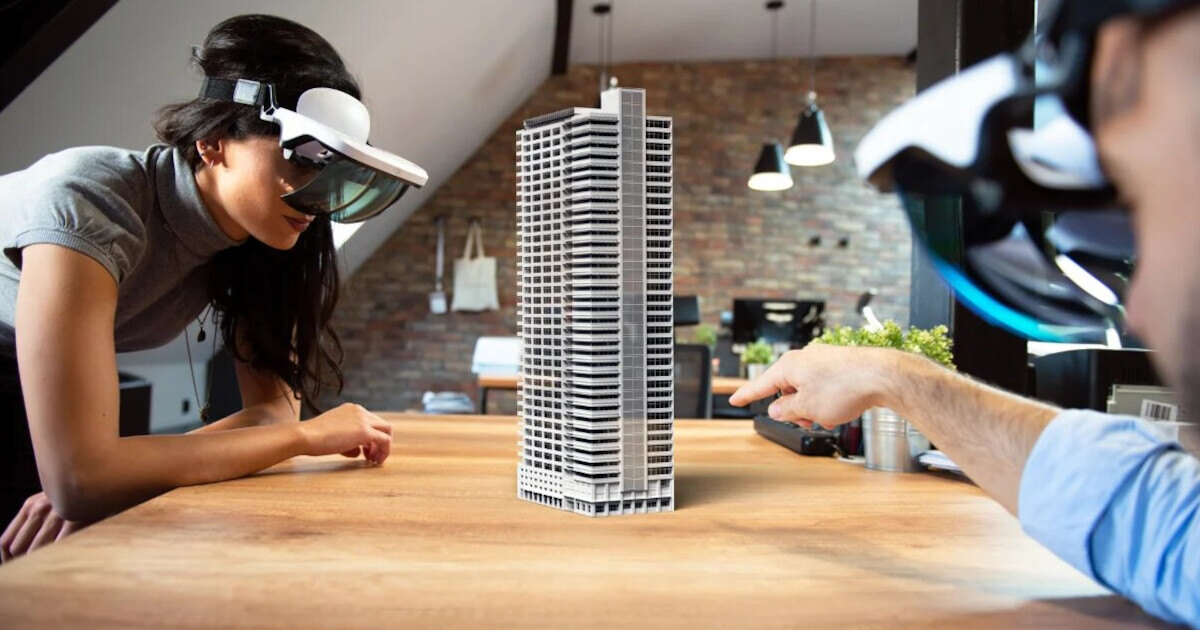There are many buzzwords in the AEC industry now, such as blockchain, IoT, artificial intelligence (AI), augmented reality (AR), digital twins, metaverse, and many more. Having recently joined ALLPLAN, Eduardo Lazzarotto, our new SVP of Product and Strategy, shares which trends he thinks will have the biggest impact on the AEC industry in general, on AEC project delivery lifecycle, and on Allplan in particular.
Eduardo, how do you see the industry changing at the moment?
It is an exciting time to be working in the AEC industry, as it is rapidly accelerating the pace of change. For years, it was branded one of the laggards of the third industrial revolution, the digital revolution, and cast as an unlikely candidate to drive the latest fourth industrial revolution. Looking on how buildings and structures are delivered today, we see different speeds of digital maturity among the many stakeholders. However, a combination of fast-evolving trends and continued investment position the construction industry right at the center of the industry 4.0 revolution.
Which trends are driving these changes?
Regarding trends, I see three major ones that deeply affect the AEC industry and have drastically changed over the past few years: digitalization, decarbonization and infrastructure investment.
First, the digitalization trend itself is being fueled by continued processing capacity and access growth, via both hardware and software innovations, IoT devices enabled by considerably faster telecommunications, and the fundamental changes of enabling IT-systems to self-evolve through artificial intelligence and machine learning.
Another accelerating trend is towards decarbonizing our global economy. Most countries are converging towards an understanding that the world has been effectively warming at an accelerating pace over the past century, and there are a growing number of agreements to significantly reduce carbon emissions.
Finally, there is growing infrastructure investment to kickstart the global economy. Following recent years’ destabilizing events, most countries are now accelerating investments to enable sustainable economic growth. These trends have been significantly changing our lives, from the way we communicate and travel to the way goods and services are produced all around the world.
What about the investment you mentioned – how is that changing the industry?
Leading AEC industry software and hardware providers have been accelerating R&D investments over the past couple of years. The BIM value chain has expanded beyond building design as a result. This has been horizontally, by enabling better context capturing and accelerated conceptual design techniques in early design stages to improving construction planning and delivery and even asset operations. It’s also taken place vertically, by enabling better data management and exchange across asset types, like integrating information models of the urban context, the supply infrastructure, buildings, roads, and bridges into the project data.
In your opinion, what is the impact of these two components (trends and investment) combined?
Predicting the future is a hard, if not impossible, task, but bringing together both trends and investment seems to position the whole AEC industry at the center of the new industrial revolution. As innovations across all areas mentioned accelerate across all industries – namely the internet of things (IoT), artificial intelligence (AI), and extended reality (XR) – they also start changing the way we design build and maintain the built environment.
Is there any one particular technology that is driving this transformation?
As with previous industrial revolutions, not one, but many technological innovations will help us deliver on the challenges of the current one. More than ever, these are interconnected and grow in tandem. For example, look at AI data requirements which can be better fulfilled by IoT devices for some workflows, or the human interaction that is possible via XR, and many other combinations. It’s also important to mention the growing trend of bringing multiple technologies under the digital twin concept. Digital twins are data rich representations of real-life assets that can enable better design, build, or operations, and potentially leading to optimized value. At ALLPLAN we are working on tools and services to help customers better collaborate and access data across workflows, making sure that at the end of the design phases, architects and engineers have a ready for construction digital twin that can later on be transitioned into the asset operation phase.
How is ALLPLAN working to help customers overcome their daily challenges?
At ALLPLAN, we are passionate about customer projects, be it residential or complex buildings, roads, bridges, dams, or other types of infrastructure. Our mission is to identify, together with customers and other stakeholders, what the most pressing challenges in the AEC project delivery lifecycle are and provide effective solutions to these using the most efficient technology innovations.
Today, we can say that we are investing in accelerating automation, both in design and execution, as well as expanding Allplan, the market-leading, truly openBIM platform across multiple stages of the building or infrastructure asset lifecycle. We look forward to sharing many innovations in the following months.







